a broad private wink
September 8 - October 14, 2023 | Project Space
Beverly Buchanan
Luz Carabaño
Marisa Kriangwiwat Holmes
Scott Keightley
Jeneen Frei Njootli
Bronson Smillie
Organized by april april
-

Installation view, a broad private wink, 2023
-
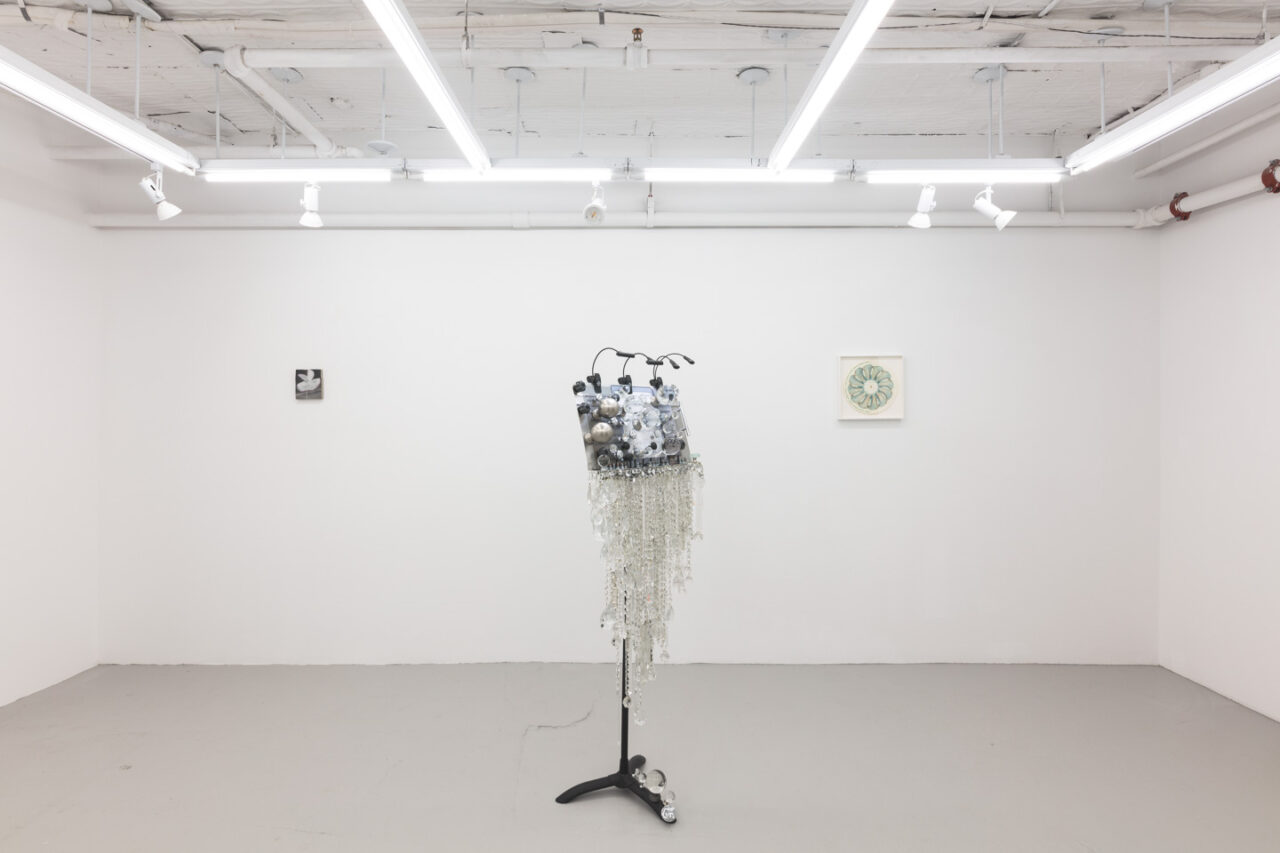
Installation view, a broad private wink, 2023
-
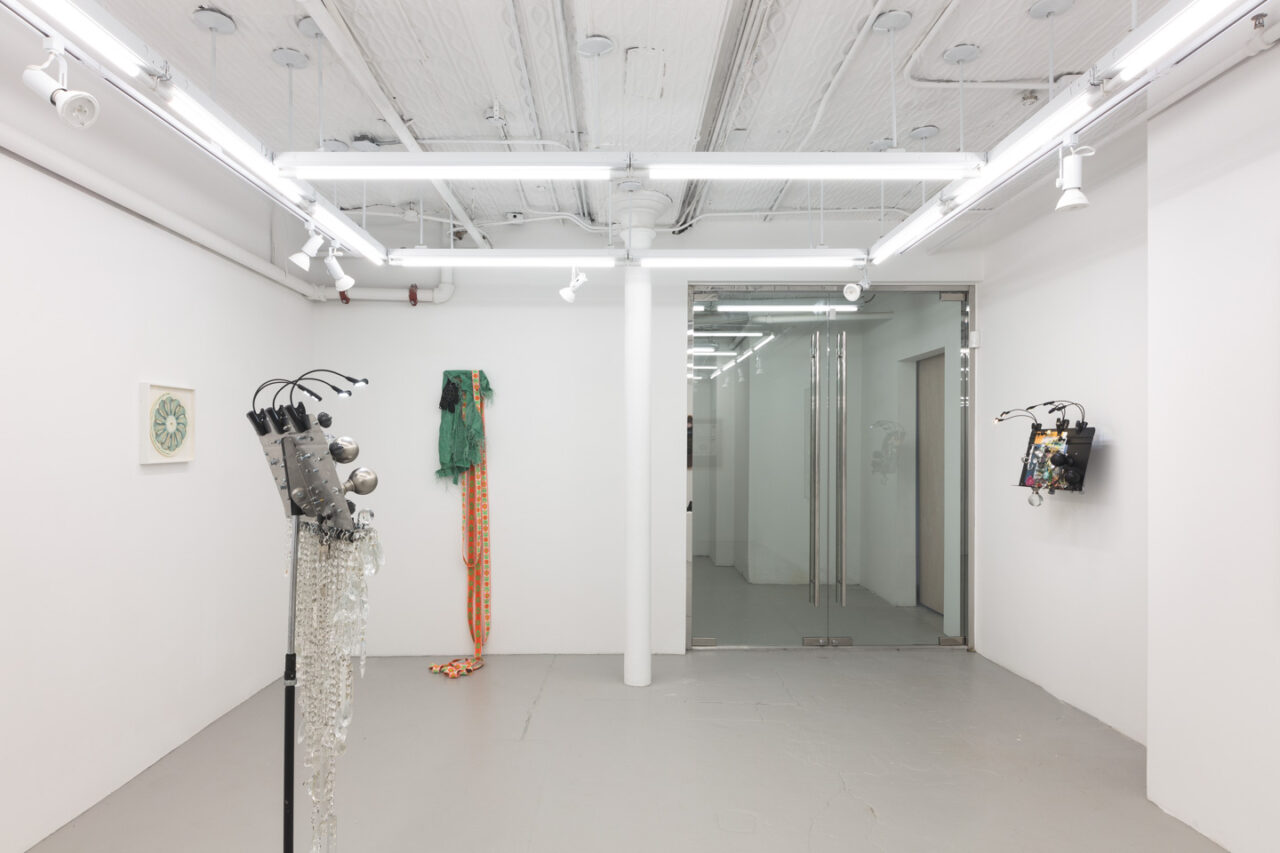
Installation view, a broad private wink, 2023
-
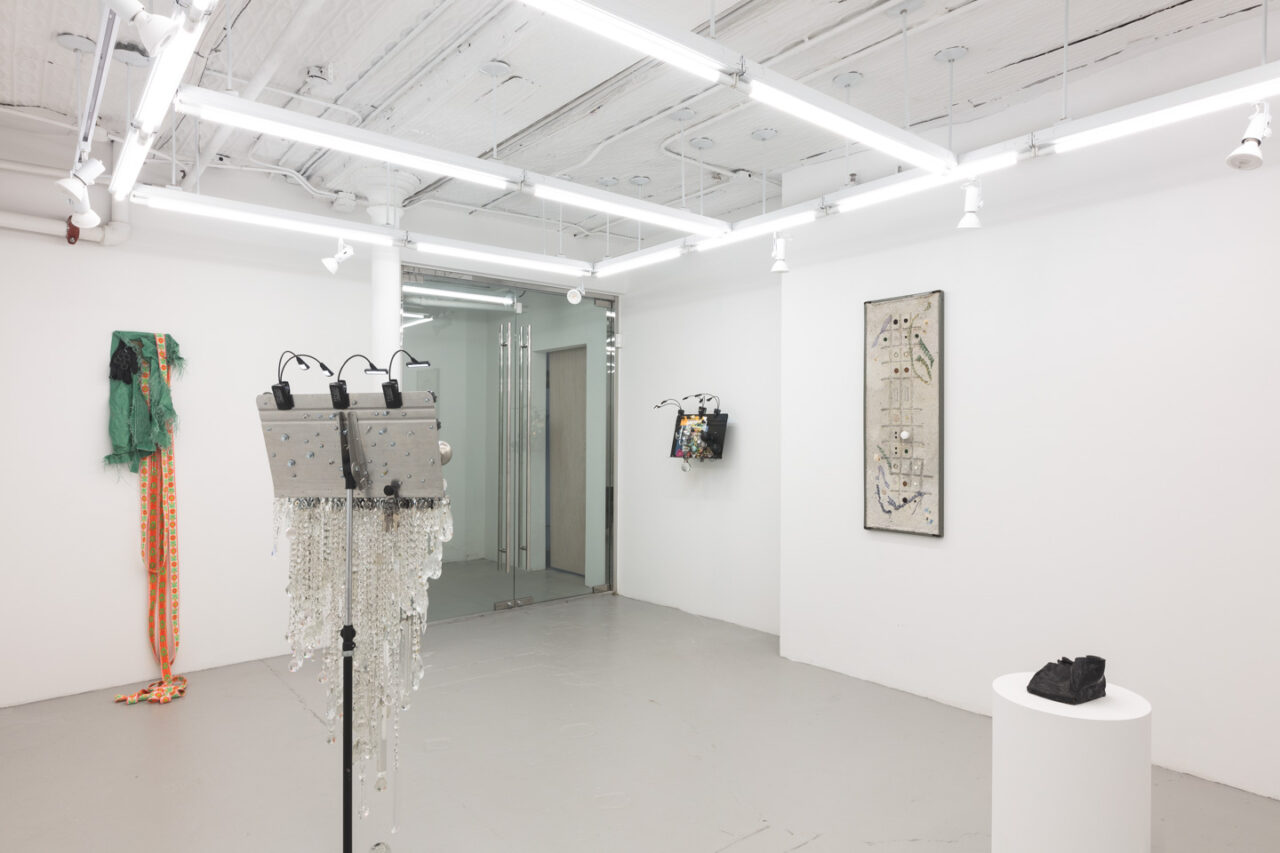
Installation view, a broad private wink, 2023
-
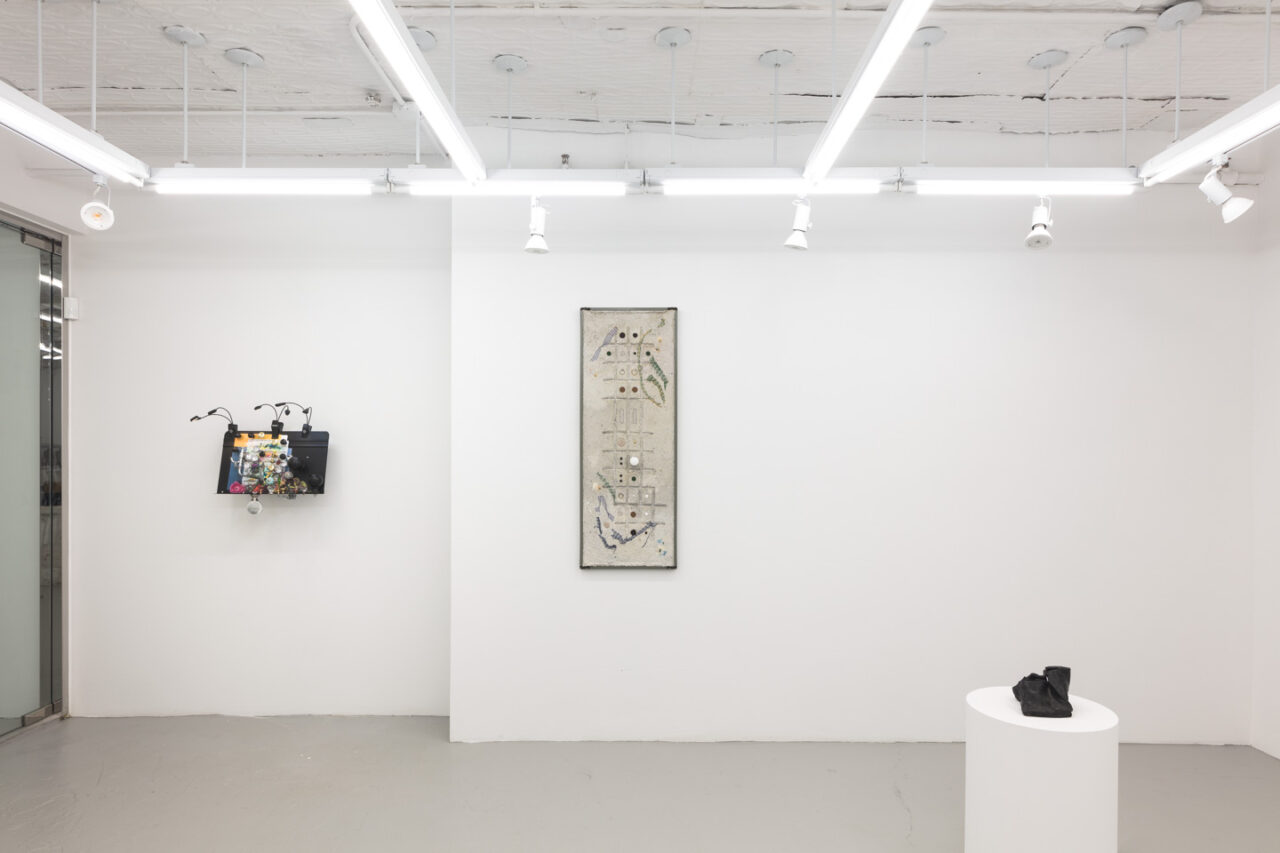
Installation view, a broad private wink, 2023
-
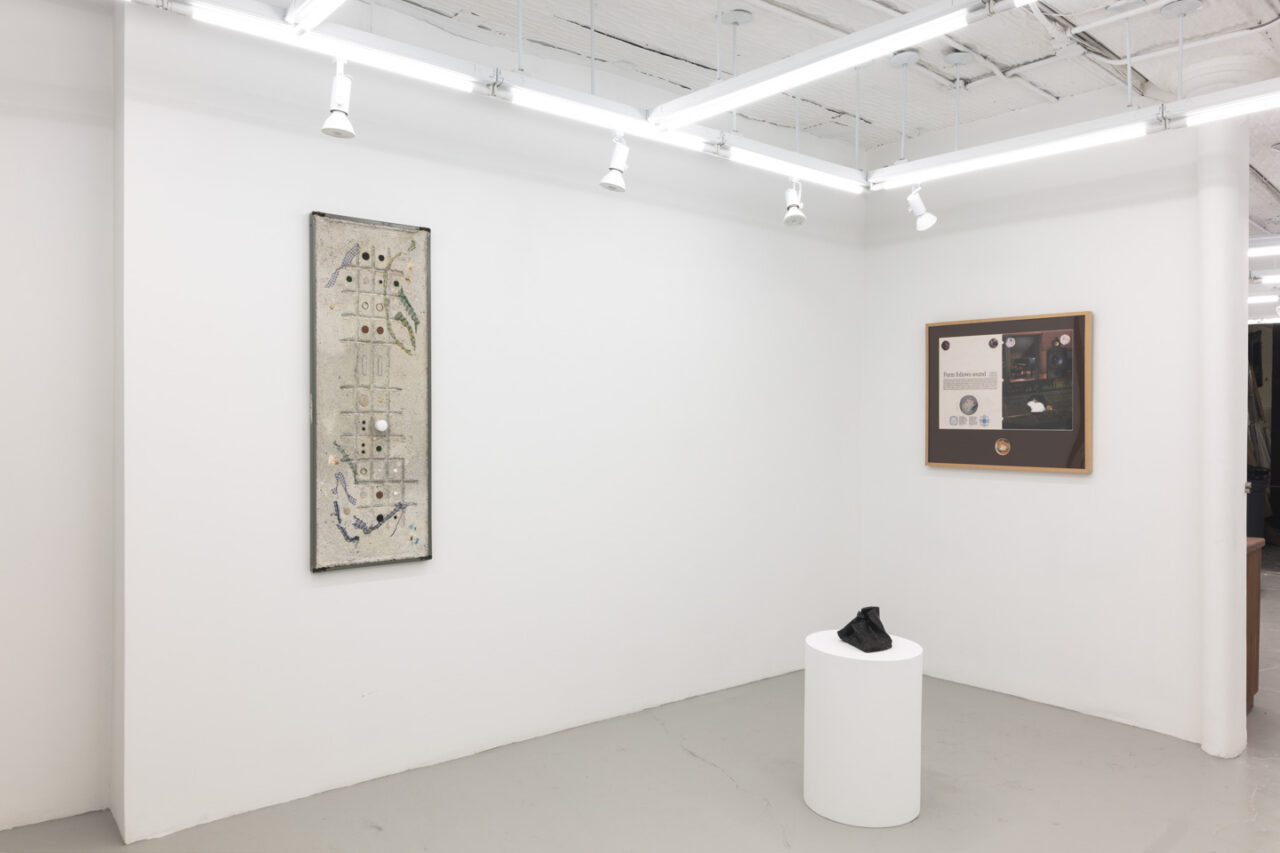
Installation view, a broad private wink, 2023
-
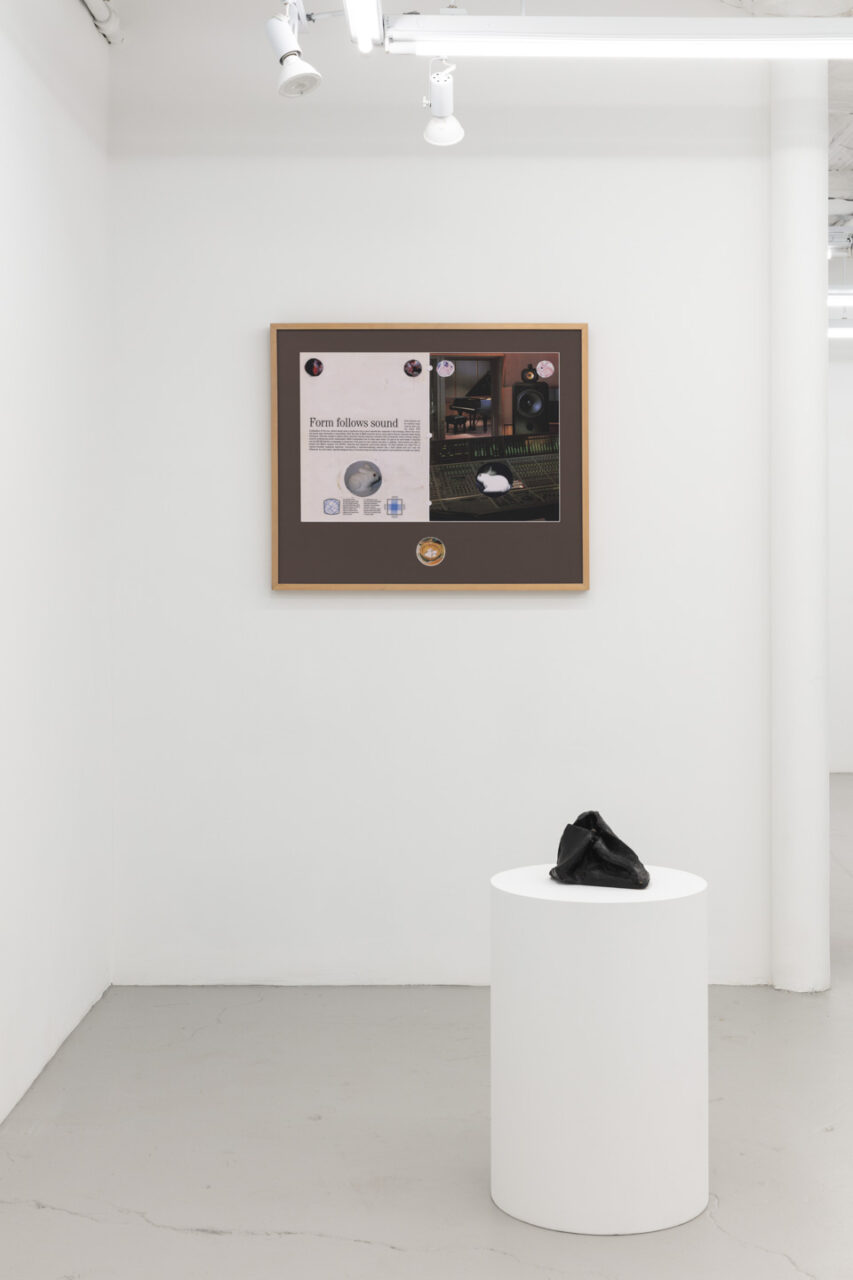
Installation view, a broad private wink, 2023
-
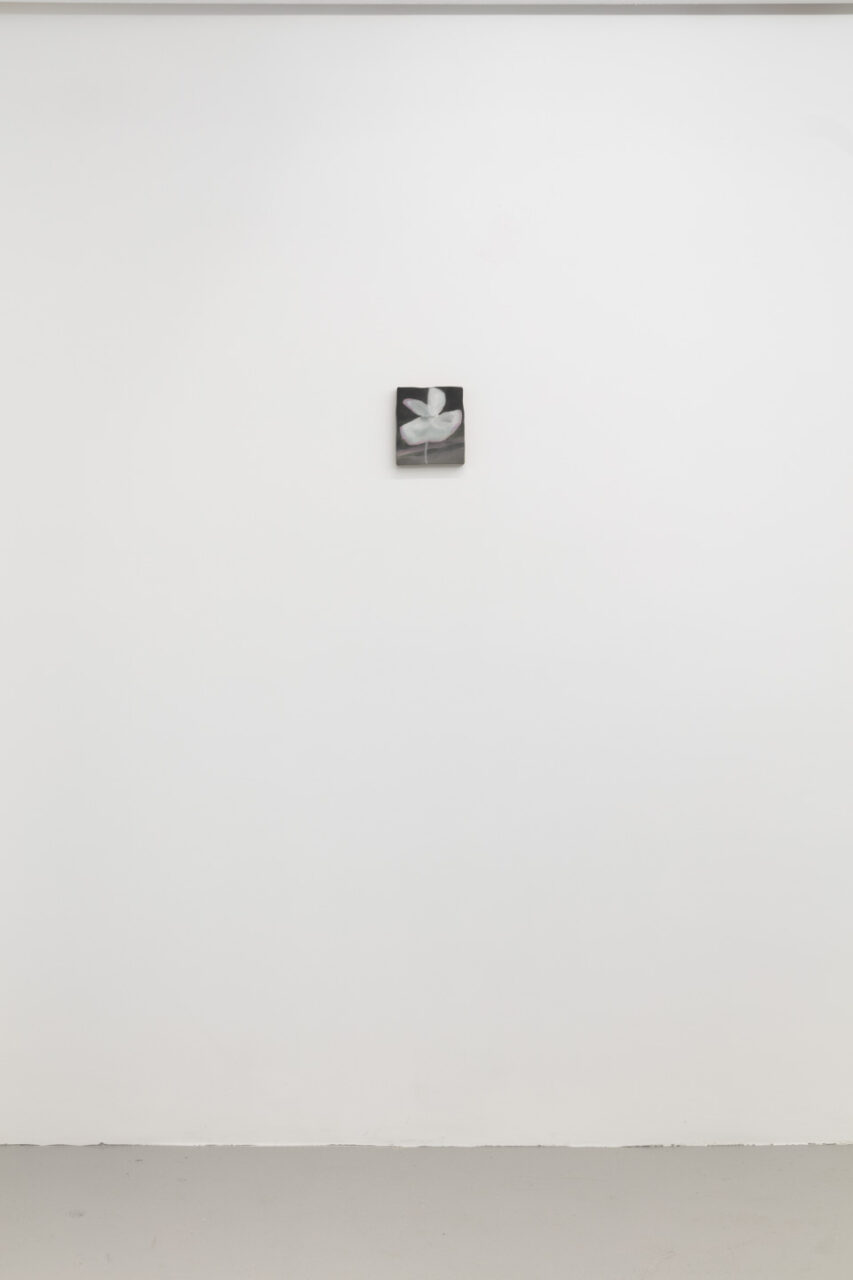
Installation view, a broad private wink, 2023
-
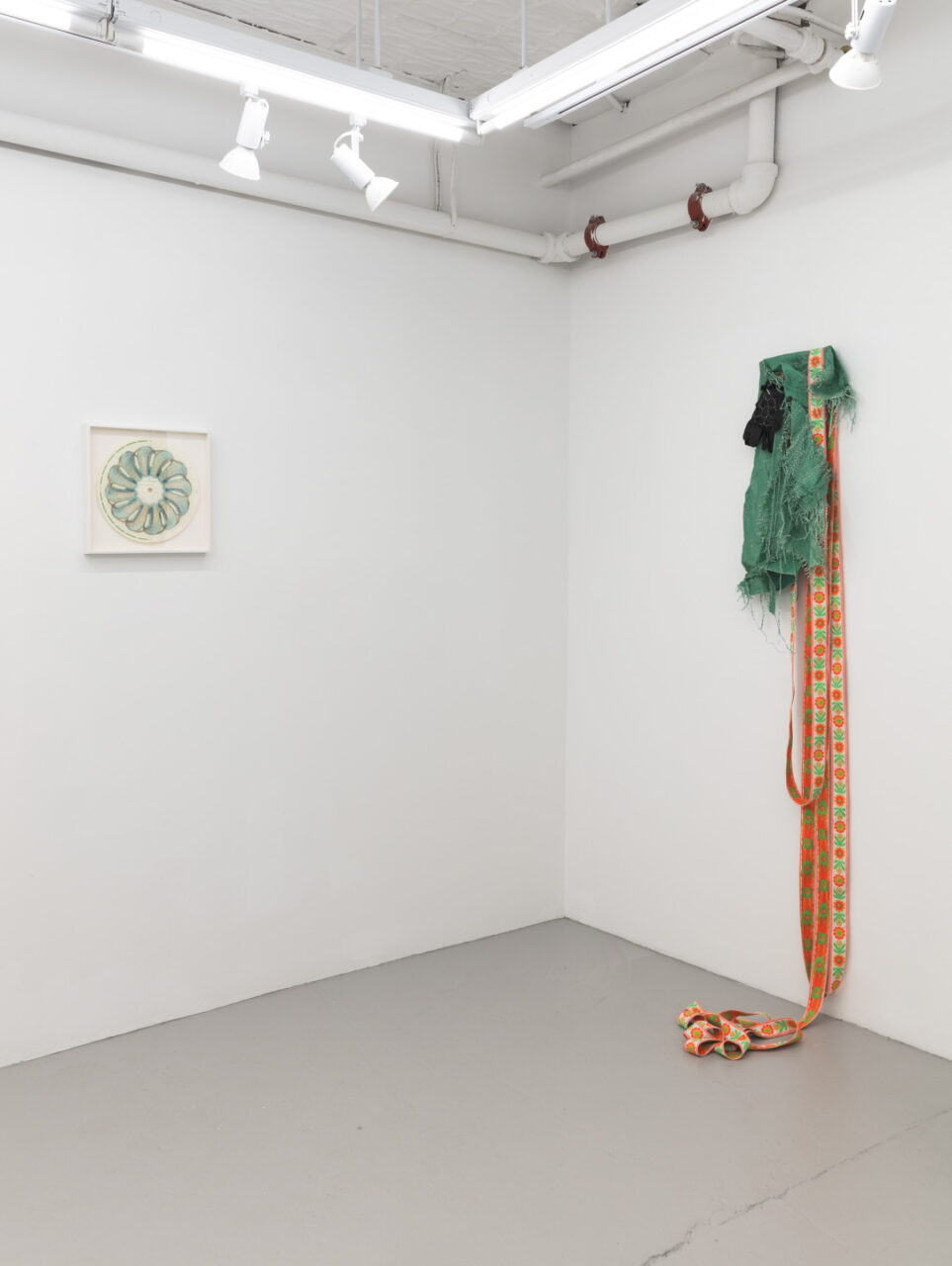
Installation view, a broad private wink, 2023
-
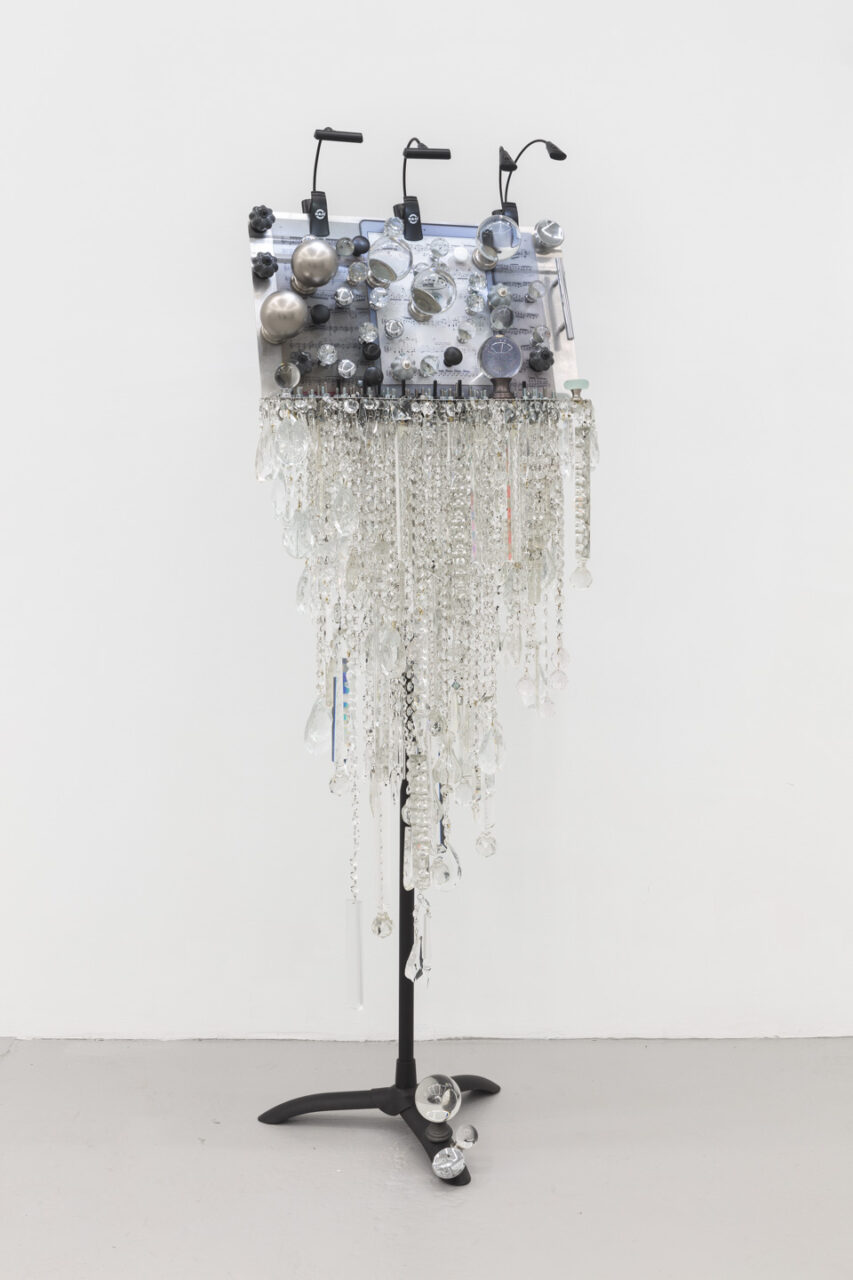
Scott Keightley
Amid a Place of Stone, 2021
Laser print on Manhasset music stand, glass, finials, hardware, and stand lights
62 x 21 x 18 inches -
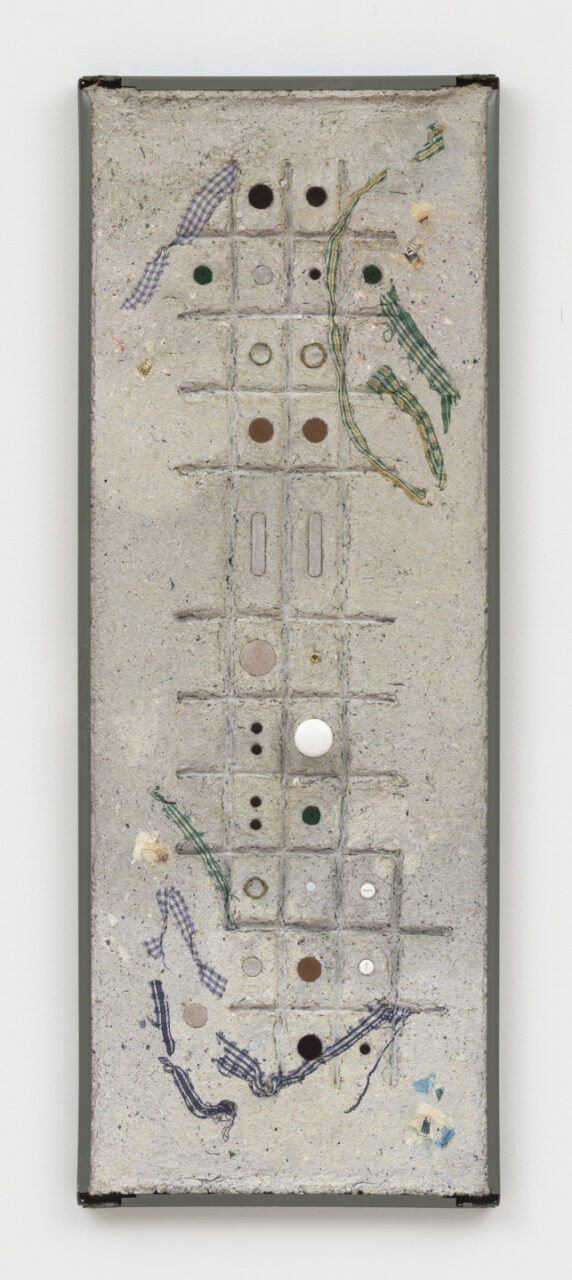
Bronson Smillie
Debris Flow #6, 2022
Paper pulp, postage stamps, bar rag, felt pads, pvc pipe, rings, brass fastener, industrial metal shelf
48 x 18 x 3 inches -
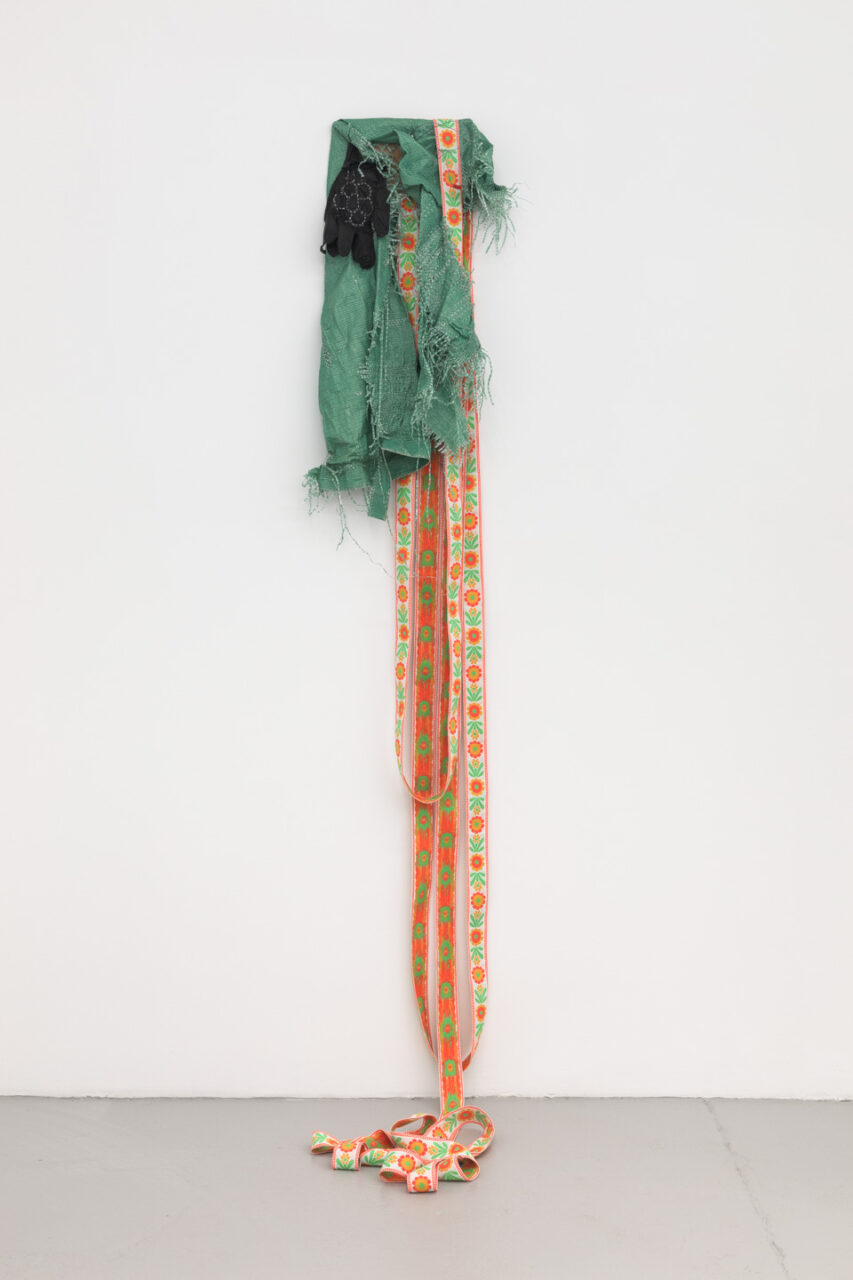
Jeneen Frei Njootli
Lisa, 2022
Green Tarp, gloves, staples, ribbon, plywood
30 x 18 x 3 inches / Variable upon installation -
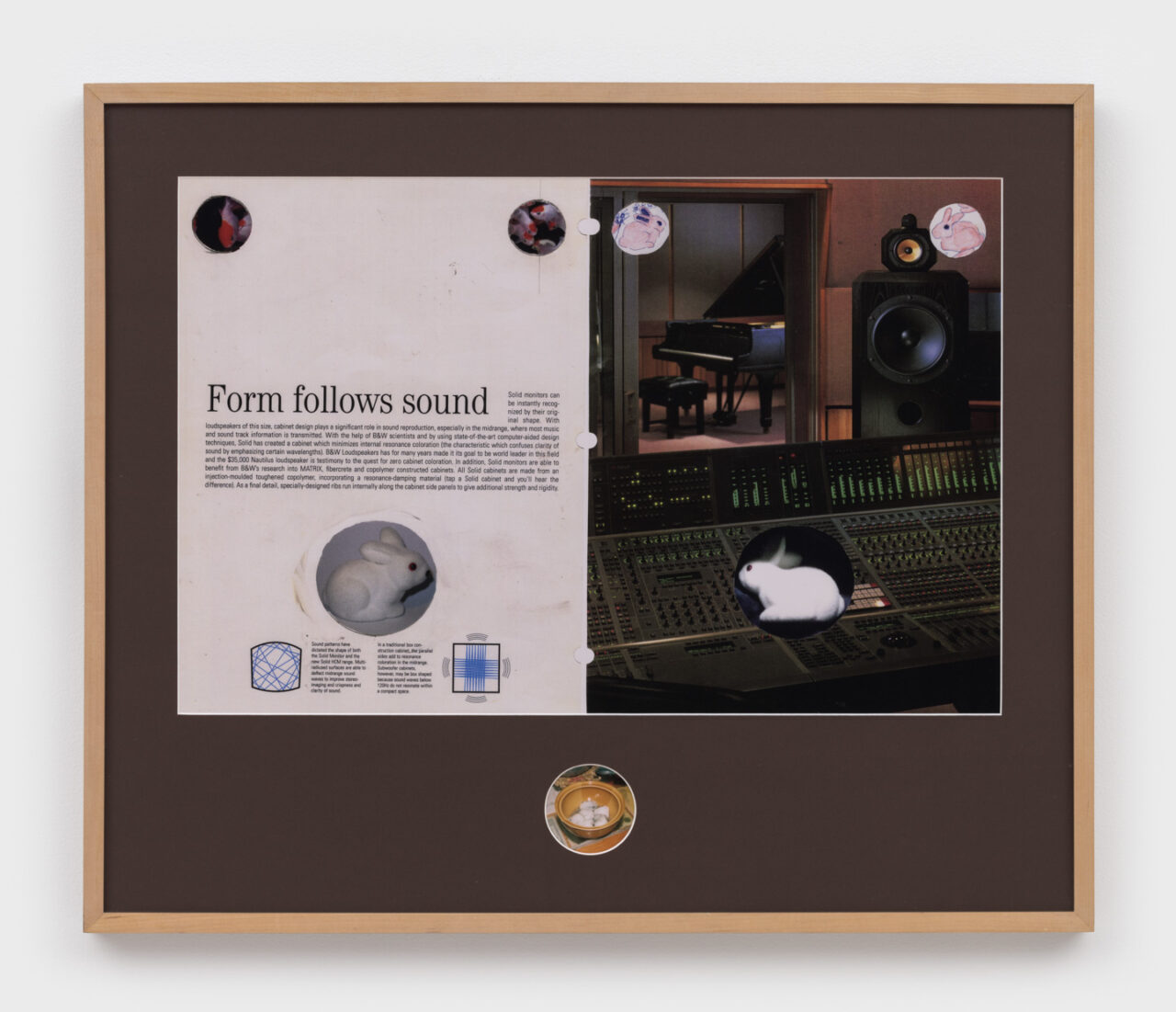
Marisa Kriangwiwat Holmes
Buried Bunnies Family Tree, 2023
Inkjet print (photography, collage)
28 1/2 x 34 1/4 inches
Unique -
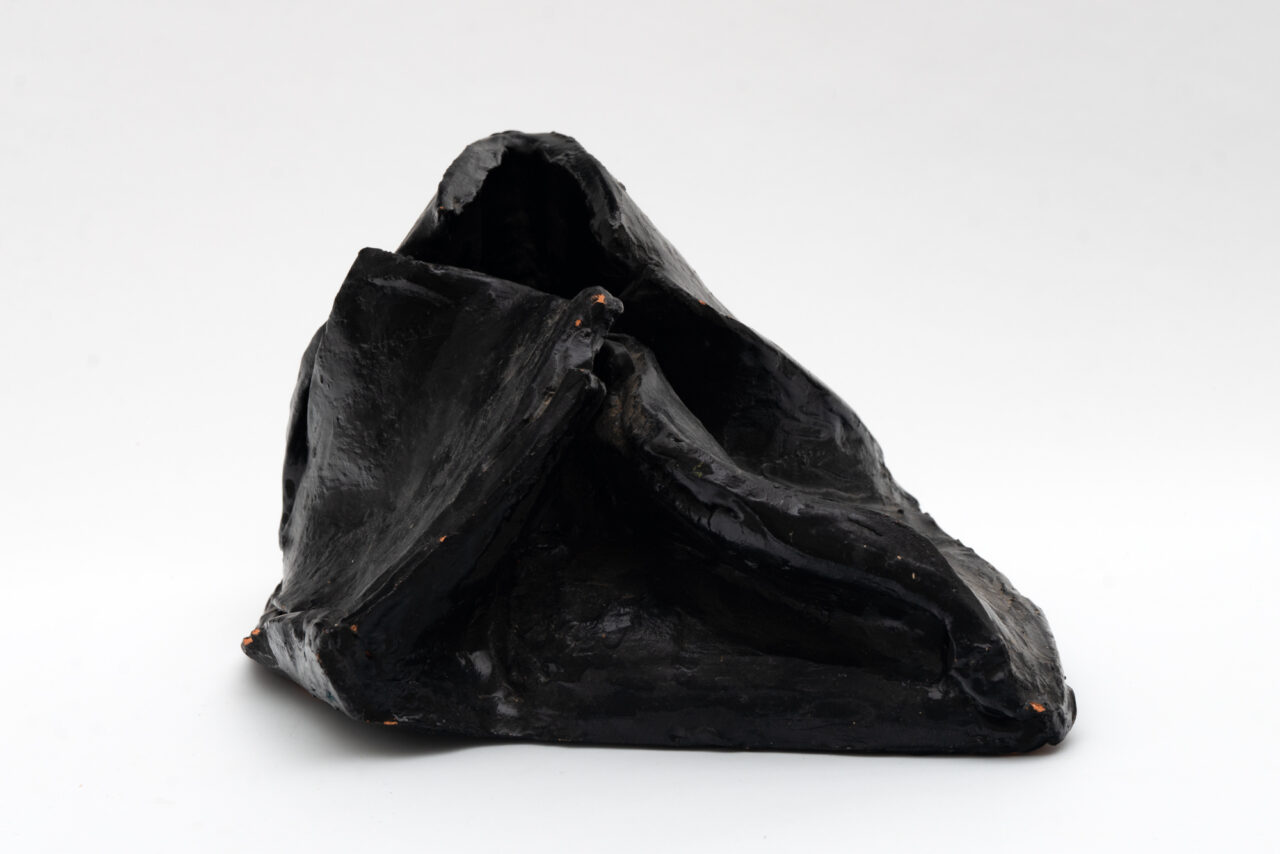
Beverly Buchanan
Untitled (Miniature Architectural Construction), 1983
Terracotta and enamel
4 1/2 x 8 x 5 1/2 inches -
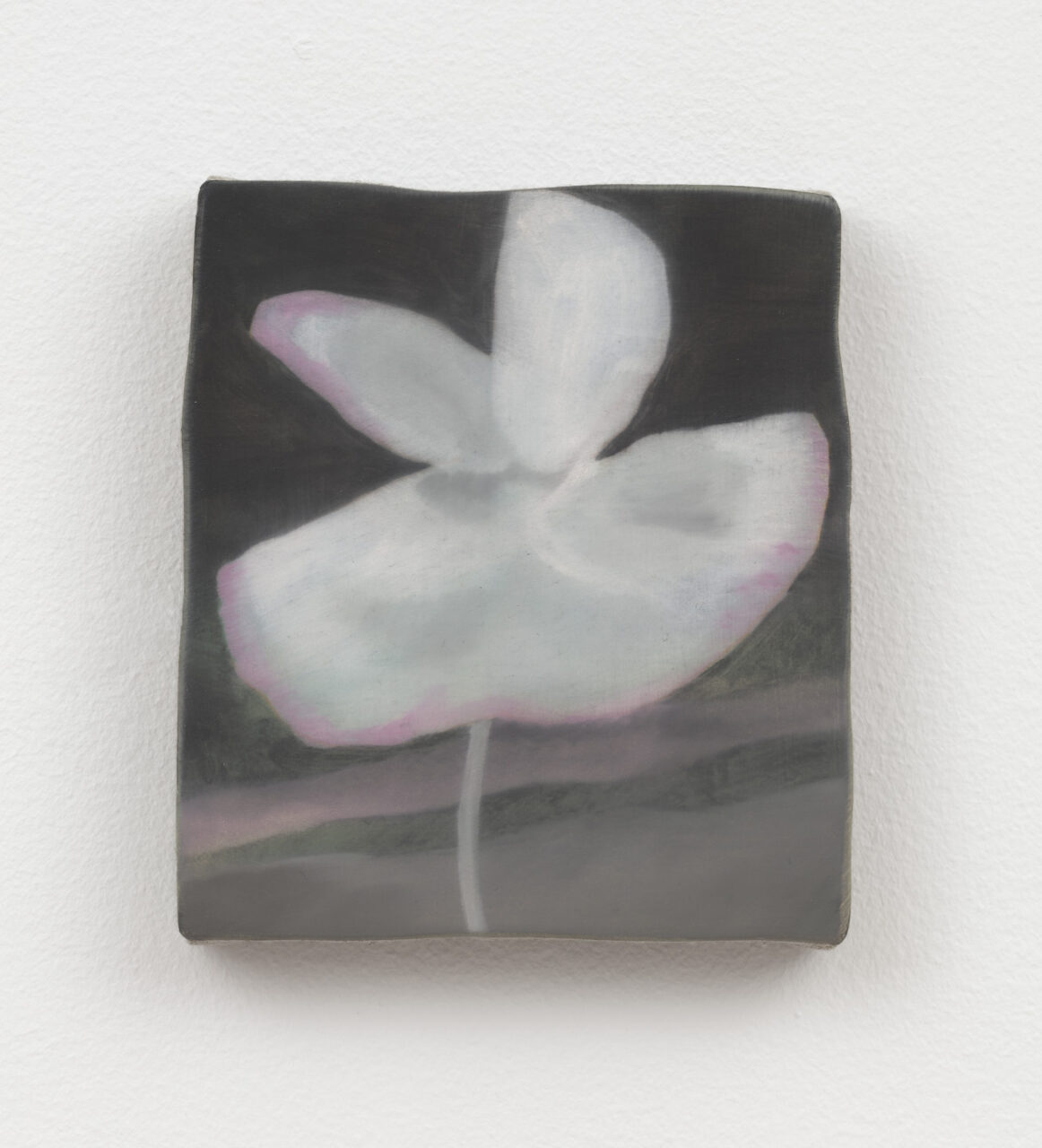
Luz Carabaño
nocturna, 2023
Oil on linen on shaped panel
6 1/4 x 5 1/2 inches -
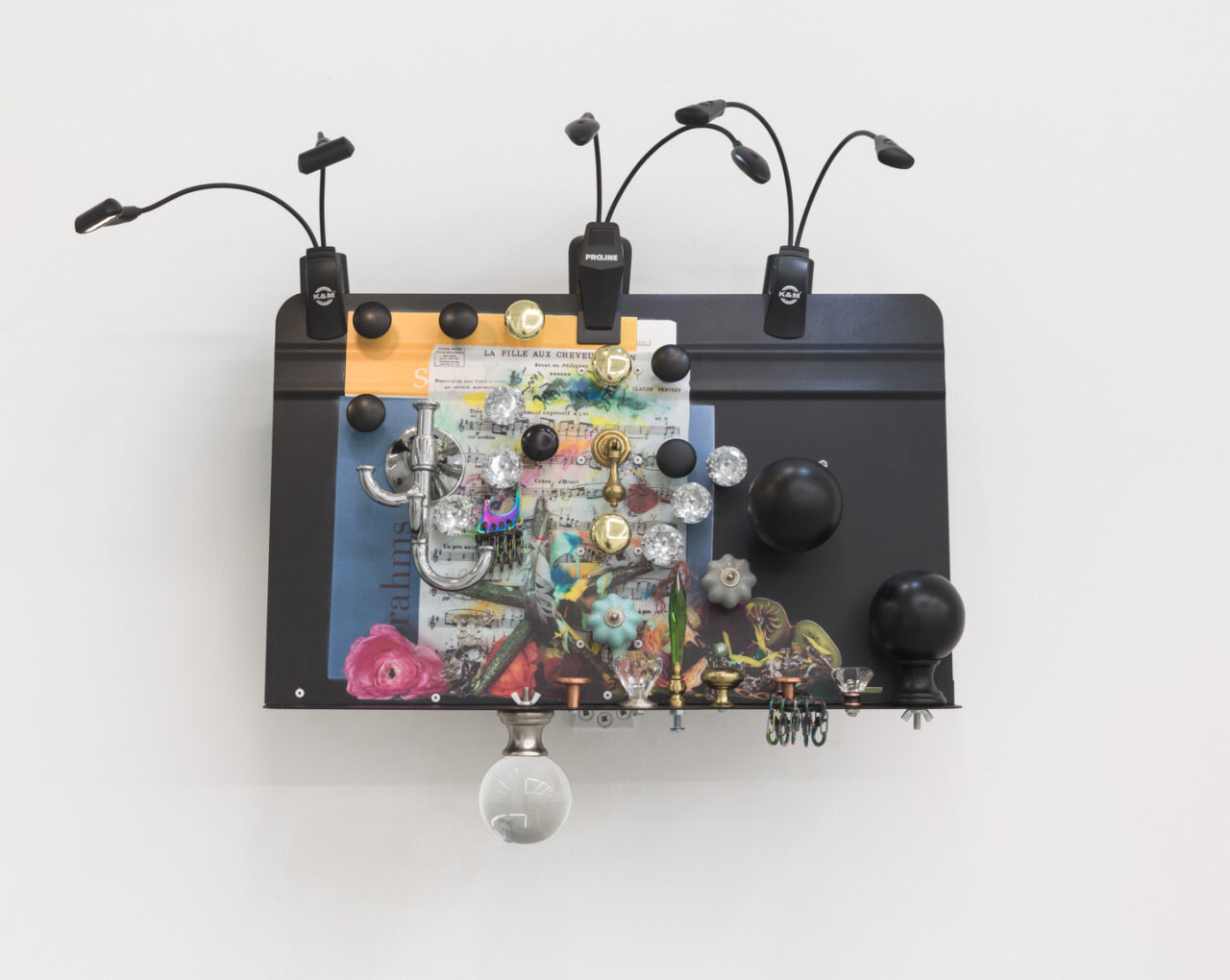
Scott Keightley
La Fille aux Cheveux de Lin, 2021
UV print on Manhassat music stand, finials, knobs, LED stand lights
22 x 23 x 10 inches -
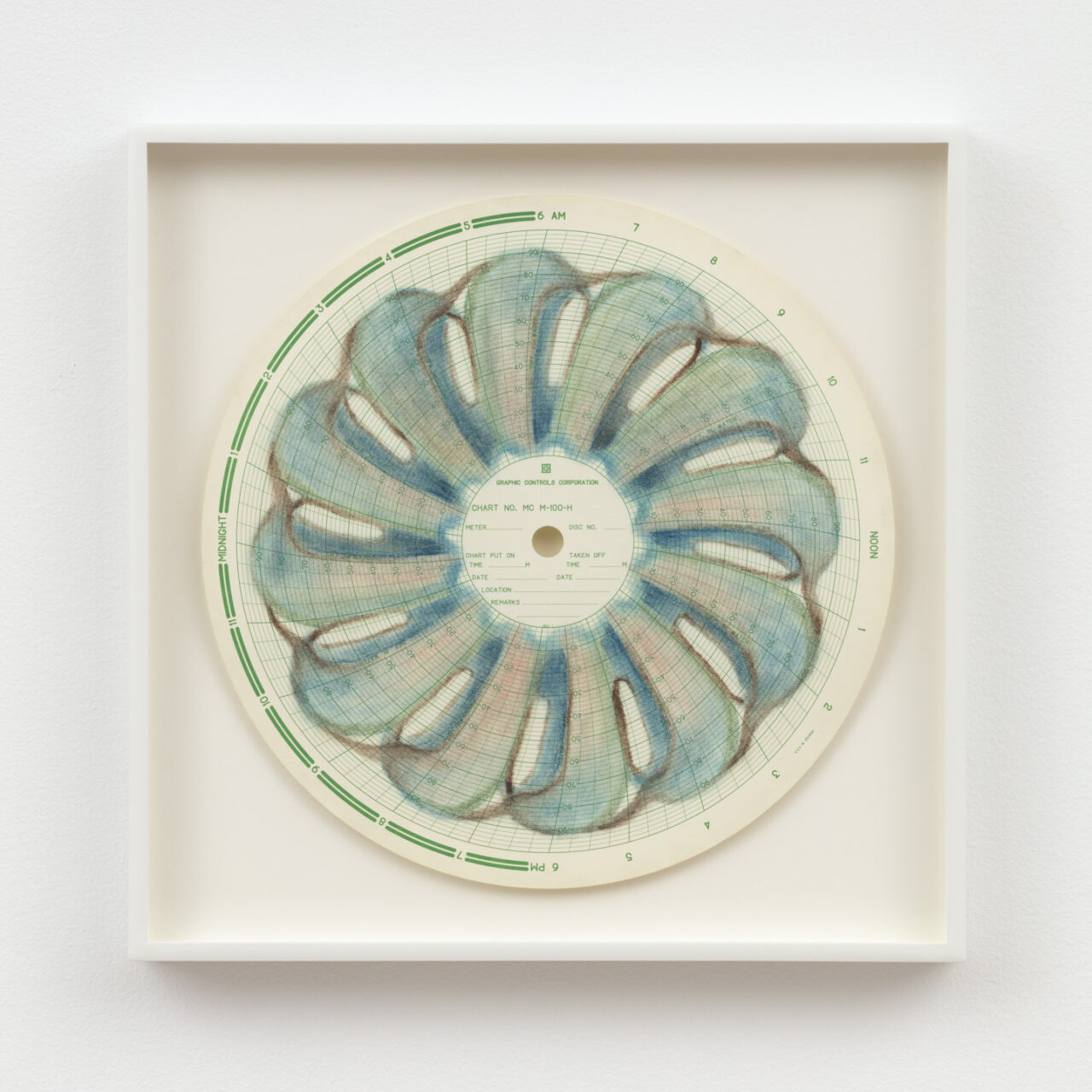
Bronson Smillie
Recording Chart for Industrial Monitoring #27, 2023
Polycrayon on industrial chart paper
11 x 11 inches (13 1/2 x 13 1/2 inches framed)
Press Release
Nicelle Beauchene Gallery is pleased to present a broad private wink, a project space exhibition organized by april april.
april april is a contemporary art gallery and poetry program operating out of an apartment in Brooklyn, NY. Alongside each exhibition, the gallery commissions poetic correspondence from writers across genres. This is a project of opening up the language that usually gathers around art, whereby poetry unfolds the show’s latent worlds through likewise artistic strategy.
a broad private wink, the gallery’s first New York off-site show, borrows its namesake from an essay by Maria Fusco, which honors the idea that art may only be able to speak to us in riddles, and that we must speak around art in riddles to achieve any sophisticated understanding of it. The show continues the gallery’s overarching interest in work that demonstrates an essential secrecy, privacy, and obscurity: essences against slick apprehension.
A wink conveys shared, hidden knowledge, or interpersonal intent; a broad, private one expands the scope of its code, paradoxically. The work assembled here, like a wink, a riddle or a mist, relegates inwardness to display, intending the public to, in turn, riddle the void. A wink connotes a momentary absence of vision—a kind of silence—signaling what Fusco refers to as art’s “nothing,” or what Sontag deems a model of “sensual speech.” Authoritative tongues are humbled to stammer, directed to speak in strange hues or start humming.
Beverly Buchanan’s Untitled (Miniature Architectural Construction) (1983) explores the aesthetics of architectural collapse as converse self-construction. A languid, enameled perimeter mutates the boundary of inner and outer space, as if formed by the ocean. Its mystery wonders if distinction serves entrapment. The work of Luz Carabaño unsettles description in a similar murmur, at once assembling and dissolving an image in oil over linen. nocturna’s (2023) earthen shape implies its origin. A sleet of paint holds weightless dreaming.
Marisa Kriangwiwat Holmes' work softens the drone of image circulation. Here a selection of collaged photographs from the artist’s archive—of bunnies and koi fish—bubble up within a vintage advertisement for speakers. Matted like a family photo display, the larger spread appears with a small companion image of a sesame dessert at the bottom center. The effect, as writer Emile Rubino put it recently, is like “hearing someone sing through a door...” In Jeneen Frei Njootli’s Lisa (2022), out spills a ribbon of flowers from the sheath of a green tarp, an embroidered citrine tail. Objects often arrive in Njootli’s practice as a residual of performances, defining a political urgency through their process of making, and a privacy embedded in their material choices. In this way Lisa holds all that it unravels.
The alphabetical, the chronological, the notational and the serial closely inform the work of Bronson Smillie. Debris Flow #6 (2022) comprises bar rags, felt pads, pvc pipe, rings, springs, and brass fasteners in a dense ground of paper pulp and postage stamps, held delicately within a decommissioned metal shelf. As in the nearby Recording Chart for Industrial Monitoring (2023), the artist makes metaphor of these systems, spinning symbols from pre-existing auction-lot and street-side things to conspire with the grid and its image-making potential. Scott Keightley’s music stands belie their function: laser-printed sheet music competes with baroque accumulation, adornment, and the weight of decoration. La Fille aux Cheveux de Lin (2021), a fixture of fixtures, and Amid A Place of Stone (2021), a glittering mass that drips hundreds of collected pendalogues, knobs, pulls and keys, are scores for fantasy instruments.